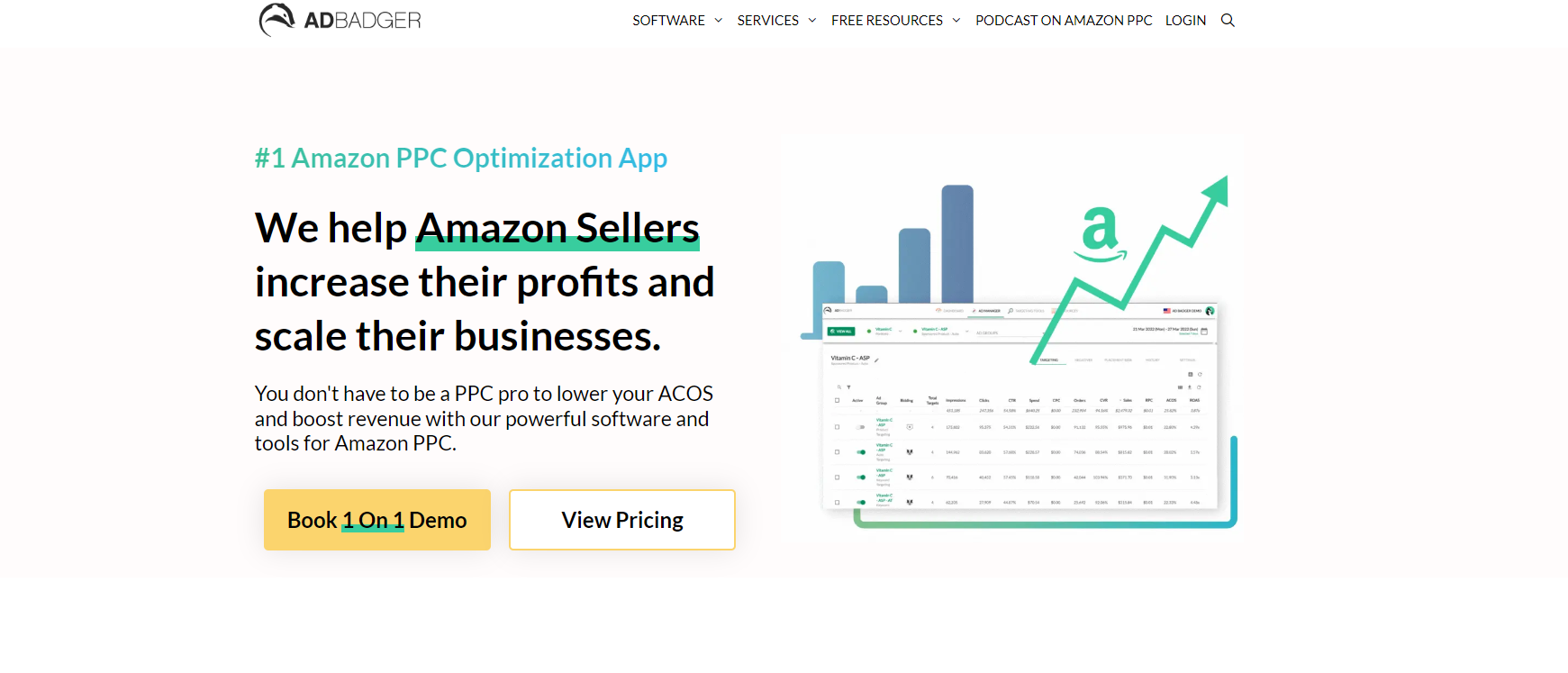In the vast world of e-commerce, Amazon stands as a behemoth, offering a platform for millions of sellers to reach a global audience. However, success on Amazon doesn’t solely rely on the quality of your products or the effectiveness of your marketing campaigns; it also hinges on efficient inventory management. So, in this blog post, we’ll unravel the complexities of Amazon inventory management, exploring key concepts and tactics to help you optimize your operations and maximize your profits.
Understanding Amazon Inventory Management:
Mastering Amazon inventory management is vital for sellers aiming to succeed in online retail. Additionally, it involves keeping the right amount of stock, predicting sales, and optimizing storage and shipping. So, in this guide, we’ll cover the basics of Amazon inventory management to help sellers run their businesses more efficiently and effectively.
Inventory Turnover Ratio:
- The inventory turnover ratio is a critical metric that measures how quickly a company sells its inventory and replaces it with new stock.
- On Amazon, maintaining a high turnover ratio is essential for ensuring that your products remain fresh and desirable to customers.

Demand Forecasting: Amazon Inventory Management
- Predicting demand accurately is crucial for preventing stock outs and excess inventory.
- Leveraging historical sales data, market trends, and seasonality can help you forecast demand more effectively.
Just-in-Time (JIT) Inventory:
- JIT inventory management involves stocking products only when they are needed, minimizing storage costs, and reducing the risk of overstocking.
- By synchronizing inventory levels with demand fluctuations, sellers can improve cash flow and operational efficiency.
Safety Stock:
- Safety stock acts as a buffer against unexpected fluctuations in demand or supply chain disruptions.
- Calculating the optimal level of safety stock requires a balance between mitigating risks and minimizing carrying costs.
SKU Rationalization: Amazon Inventory Management
- SKU rationalization involves evaluating the performance of individual stock-keeping units (SKUs) and eliminating underperforming or redundant products.
- By focusing on high-demand and profitable SKUs, sellers can streamline their inventory assortment and improve overall efficiency.
Tactics for Effective Amazon Inventory Management:
Effective Amazon inventory management requires more than just stocking products; it entails strategic tactics to optimize operations and drive success. So, in this section, we’ll explore practical tactics that sellers can employ to streamline their inventory management processes, enhance efficiency, and maximize profitability on the platform.
Utilize Inventory Management Software:
- Investing in robust inventory management software can automate routine tasks, provide real-time insights, and optimize inventory levels.
- Platforms like SellerActive, Skubana, and TradeGecko offer features tailored to Amazon sellers’ specific needs.
Implement Fulfillment by Amazon (FBA): Amazon Inventory Management
- FBA allows sellers to outsource storage, packaging, and shipping to Amazon’s fulfillment centers.
- By leveraging Amazon’s vast logistics network, sellers can benefit from faster delivery times, increased visibility, and improved customer satisfaction.
Leverage Advanced Analytics:
- Analyzing key performance indicators (KPIs) such as sell-through rates, days of inventory, and inventory turnover can uncover valuable insights.
- Advanced analytics techniques like predictive modeling and machine learning can enhance demand forecasting accuracy and optimize inventory replenishment strategies.
Optimize Listing and Pricing Strategies: Amazon Inventory Management
- Optimizing product listings with compelling titles, images, and descriptions can increase visibility and drive sales.
- Dynamic pricing tools can adjust prices in real time based on market conditions, competitor pricing, and demand trends, maximizing profitability while remaining competitive.

Conclusion: Amazon Inventory Management
Effective inventory management is a cornerstone of success for Amazon sellers, influencing profitability, customer satisfaction, and long-term growth. By mastering key concepts such as inventory turnover, demand forecasting, and SKU rationalization, and implementing tactics like utilizing inventory management software, leveraging FBA, and optimizing listing and pricing strategies, sellers can gain a competitive edge in the crowded marketplace. Additionally, demystifying Amazon inventory management empowers sellers to navigate challenges and capitalize on opportunities, driving sustainable success in the dynamic world of e-commerce.









[…] just-in-time production model allows retailers to maintain optimal inventory levels, reducing storage costs, and minimizing the risk of overstocking or stockouts. With private […]
[…] Demystifying Amazon Inventory Management: Key Concepts And Tactics […]